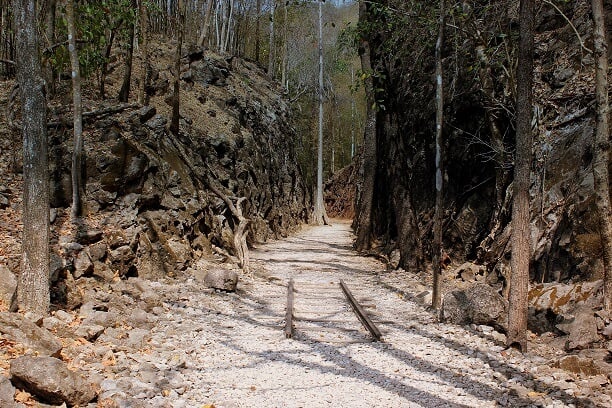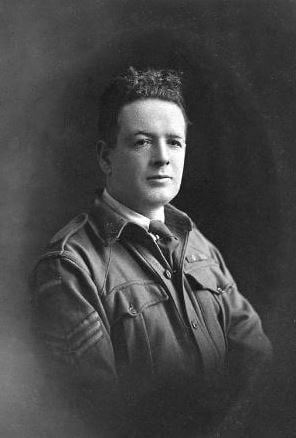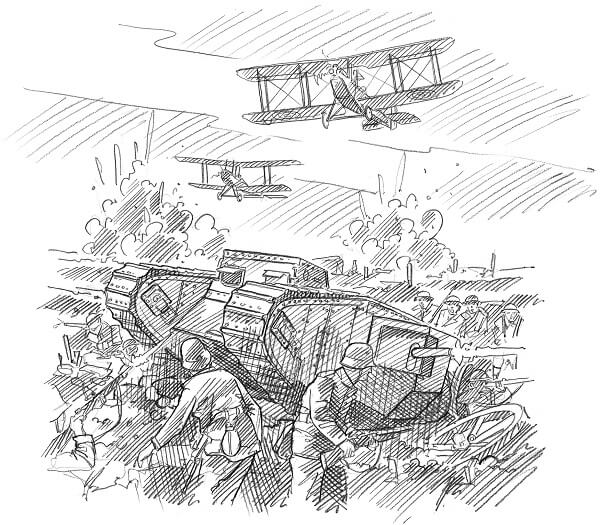
75th anniversary of the completion of the Thai-Burma Railway
After occupying Thailand with little resistance, the Japanese had launched an invasion of Burma in January 1942. The rapid advance of the Imperial Japanese Army across Southeast Asia during 1941/42 had stretched their supply lines to its limits. Initially, troops in Burma were supported from the sea, with reinforcements and supplies shipped via the Malay Peninsula. However, these convoys were vulnerable to Allied raiding. The Japanese solution was to implement a plan that the British had conceptualised as early as 1885 – a railway line through the inhospitable jungle terrain of Thailand and Burma.
The British government in Burma had discounted the possibility of constructing such a railroad, due to the massive amounts of resources and manpower that would be required. The all-conquering Japanese Army, on the other hand, took on this immense task with a vast workforce of slave labourers.
Approximately 250,000 civilian labourers and 61,000 Allied Prisoners of War were forced to work on the construction of the railway. Thousands of men were literally worked to death, including more than 2,800 Australians.
At one part of the railway called Hellfire Pass, approximately 700 Australians died during the gruelling construction. A pass was cut through solid rock using hand tools, day and night. The pass was named because of the unearthly scenes that emerged as emaciated and skeletal figures laboured in the flickering light of bamboo torches, reminiscent to some of Dante’s Inferno.
In commemorating the 75th anniversary of the completion of the railway on 16 October 1943, Darren Chester MP remarked that “The POWs who worked on the Thai–Burma railway, including Hellfire Pass, suffered greatly, with shifts lasting for up to 18 hours a day during the most intense period”.
“Work at Hellfire Pass required drilling, blasting and digging through solid limestone and quartz rock, with prisoners expected to move one square metre of earth per day. After a week, this increased to three square metres per day”.
The anniversary will be marked at a national service at the Australian Ex-Prisoners of War Memorial in Ballarat, Victoria.













